Growing Baldwin apples can be a rewarding experience if you follow the right steps, from selecting the best tree varieties to understanding when to harvest. These apples, known for their tart flavor and crisp texture, thrive in the right conditions, making them a favorite for both beginner and experienced gardeners alike.
To maximize your harvest and ensure the best tasting fruit, it’s crucial to understand the specific soil and climate requirements for Baldwin apples. Regular care, like pruning and pest control, will help keep the tree healthy and productive. And when it’s time to harvest, knowing the perfect moment to pick them ensures the apples are at their peak flavor.
By following these 15 expert tips, you’ll not only grow Baldwin apples successfully but also enjoy a bountiful, high-quality harvest season after season.
Ideal Location Selection
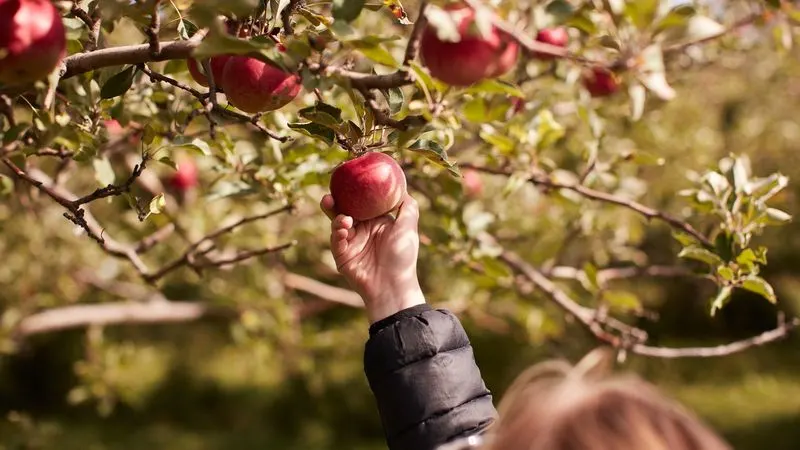
Choose a site with full sun exposure, as Baldwin apples thrive best with ample sunlight. The chosen location should have well-draining soil to prevent root rot. Opt for a slightly elevated area to avoid frost pockets that can damage young fruit. A gentle slope facing southward can also provide a warmer microclimate, benefiting early growth stages. However, ensure there is some wind protection to avoid potential damage to blossoms. Balancing these factors will set the stage for a successful apple-growing endeavor, nurturing robust trees that produce abundant, quality fruit.
Soil Preparation
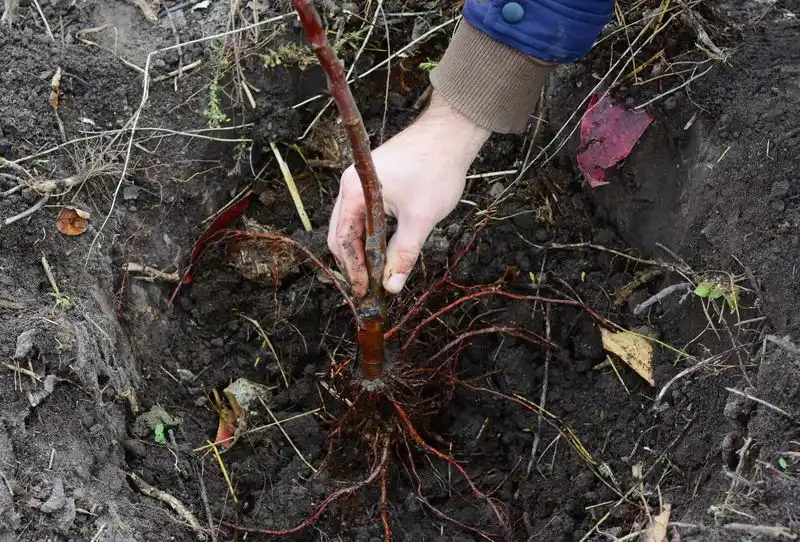
Begin by testing your soil to understand its composition and pH level. Baldwin apples prefer a pH range between 6.0 and 7.0 for optimal nutrient uptake. Amend the soil with organic matter such as compost to improve texture and fertility. This enhances aeration and water retention, crucial for root development. If the soil is too acidic, incorporate lime to adjust the pH. Conversely, sulfur can be used to lower alkalinity. Regularly checking and maintaining the soil condition ensures that your trees have a strong foundation, promoting vigorous growth and fruitful yields.
Choosing Quality Saplings
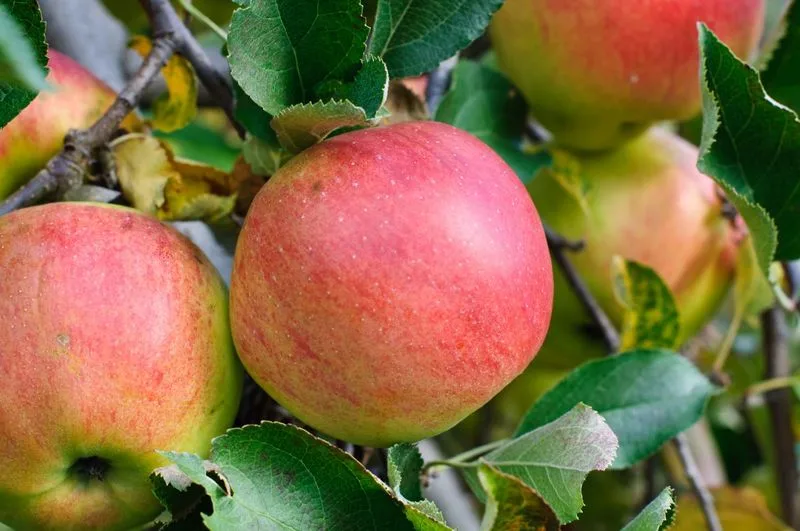
Invest in high-quality saplings from reputable nurseries to kickstart your orchard. Look for healthy young trees with vibrant leaves and sturdy trunks. Avoid saplings with discolored foliage or signs of disease, as these can hinder growth. It’s wise to select disease-resistant varieties to minimize future challenges. Consulting with nursery experts can provide insights into the best saplings suited to your region’s climate. This careful selection process significantly impacts the long-term success and health of your Baldwin apple orchard, ensuring robust trees that produce great-tasting apples.
Proper Planting Techniques
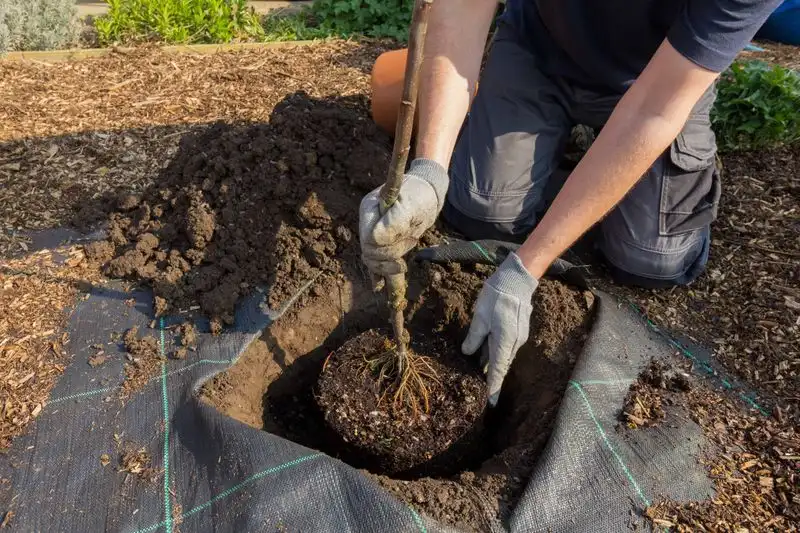
Dig a hole twice as wide and deep as the root ball to provide ample space for roots to expand. Position the sapling so that the graft union is above the soil line, preventing rot. Backfill with native soil mixed with compost, ensuring no air pockets remain. Water thoroughly to settle the soil and eliminate voids. Mulch around the base, but keep it away from the trunk to reduce pest infestation. Proper planting sets the foundation for tree stability and healthy growth, directly influencing fruit production and tree longevity.
Watering Strategies
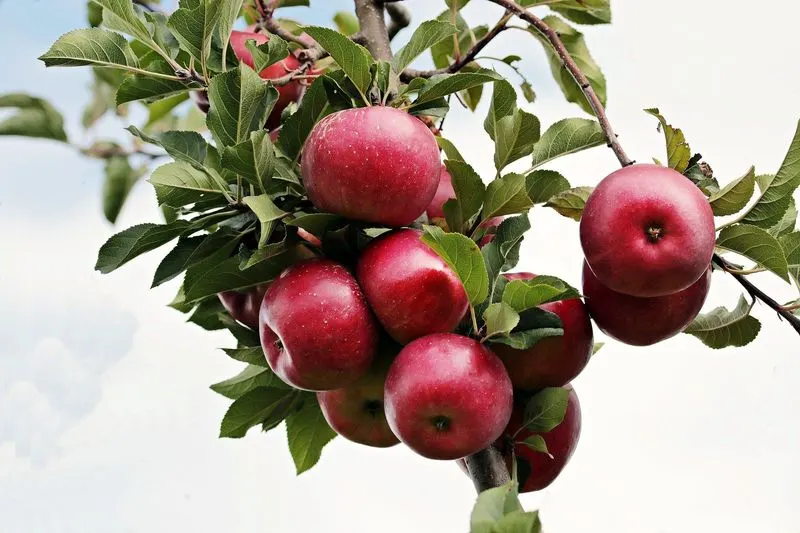
Establish a consistent watering routine to support young Baldwin trees. During the first growing season, aim for deep watering once a week to encourage deep root growth. Adjust frequency based on rainfall and soil moisture levels. Drip irrigation systems can offer precise water delivery, reducing waste and focusing hydration where it’s needed most. As the tree matures, adapt watering to accommodate seasonal changes and tree requirements. Monitoring weather patterns and soil conditions ensures trees receive the optimal amount of moisture, promoting healthy growth and fruit development.
Pruning Practices
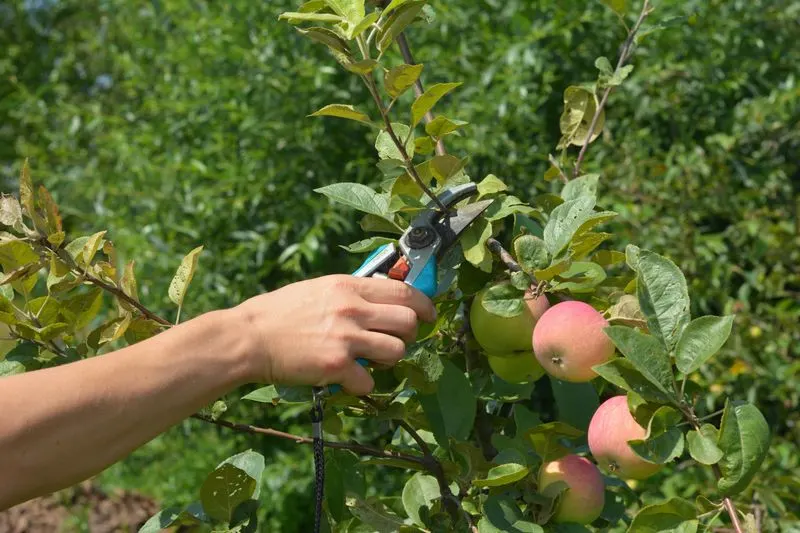
Pruning is essential to shape the tree and enhance fruit production. Focus on removing dead or crossing branches to improve air circulation and light penetration. This reduces disease risk and promotes healthier growth. Prune during the dormant season to set the structure for the coming year. Employ clean, sharp tools to prevent damage and disease transmission. Regular pruning maintains the tree’s shape, directs energy to fruit-bearing branches, and supports overall vitality. By encouraging a well-structured tree, you enhance both aesthetic appeal and fruit yield.
Pest and Disease Management
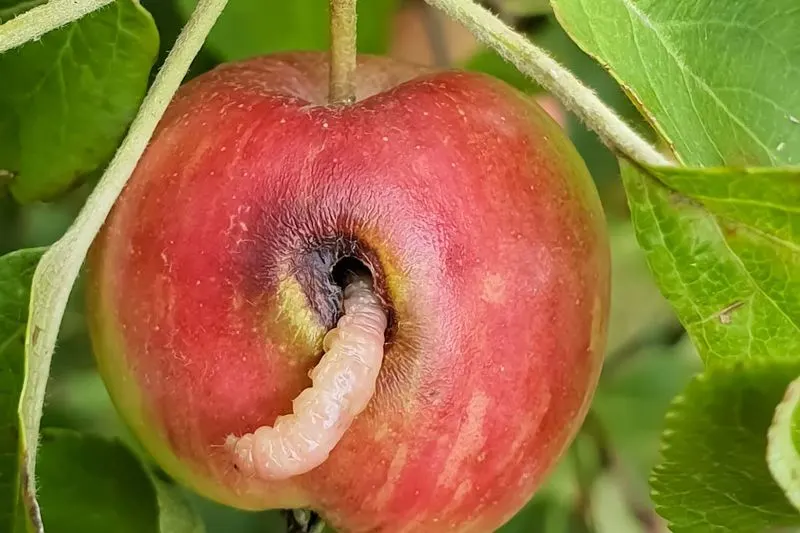
Implementing an integrated pest management system is crucial for protecting your apple trees. Regularly inspect leaves and fruit for signs of pests like aphids or codling moths. Use natural predators or organic sprays to manage infestations without harming beneficial insects. Disease prevention includes maintaining tree health through balanced fertilization and proper sanitation. Monitor for common apple diseases such as apple scab or fire blight, and address issues promptly. A proactive approach minimizes chemical use and maintains a healthy ecosystem, ensuring that your apples remain blemish-free and abundant.
Fertilization Methods
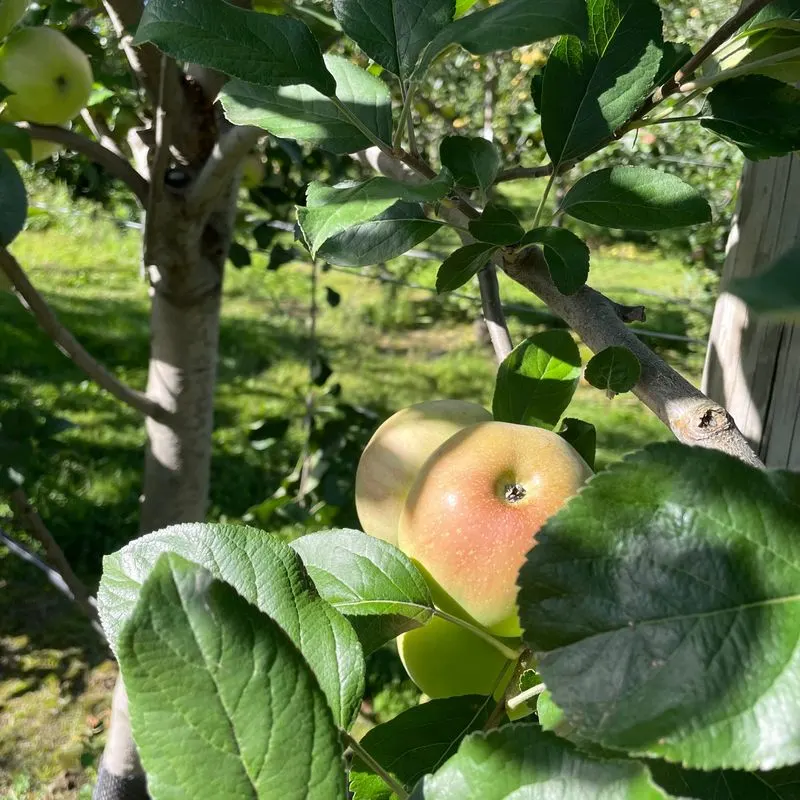
Nourishing your Baldwin apples with the right nutrients is key. Conduct soil tests to determine nutrient needs and choose a balanced fertilizer accordingly. Organic options like well-rotted manure or fish emulsion support sustainable growth. Apply fertilizer in early spring just before new growth begins, and again in mid-summer to boost fruit development. Avoid over-fertilization, which can lead to excessive foliage at the expense of fruit. Regularly monitoring tree health and soil composition ensures that your fertilization strategy supports robust fruiting and contributes to a bountiful harvest.
Thinning Fruit
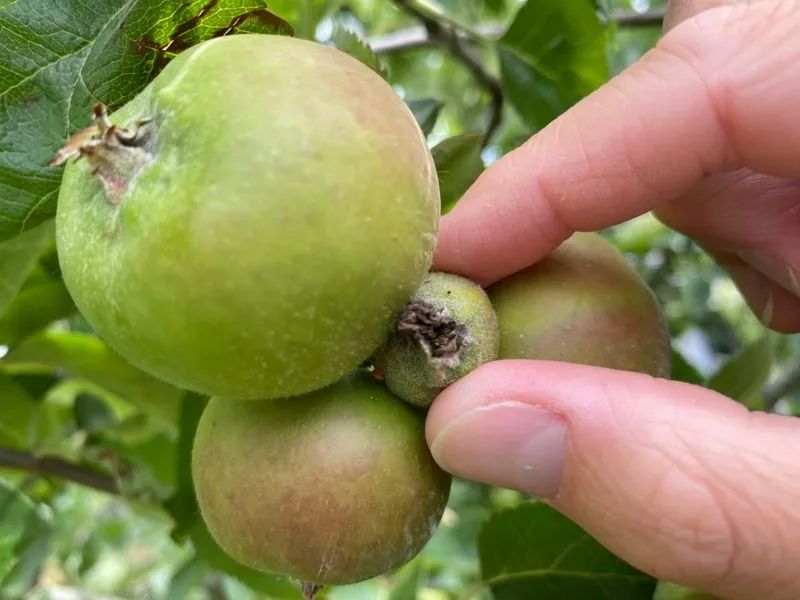
Thinning is an important task to ensure apples reach their optimal size and quality. Remove excess fruit early in the season, allowing each remaining apple more space and resources to grow. Aim to leave about 6 inches between fruits on the branch. This practice reduces competition among apples for nutrients and sunlight, resulting in larger, sweeter fruit. Furthermore, thinning helps prevent branch breakage under the weight of too many apples. By managing fruit load effectively, you can enhance both the flavor and appearance of your Baldwin apples, leading to a superior harvest.
Pollination Partners
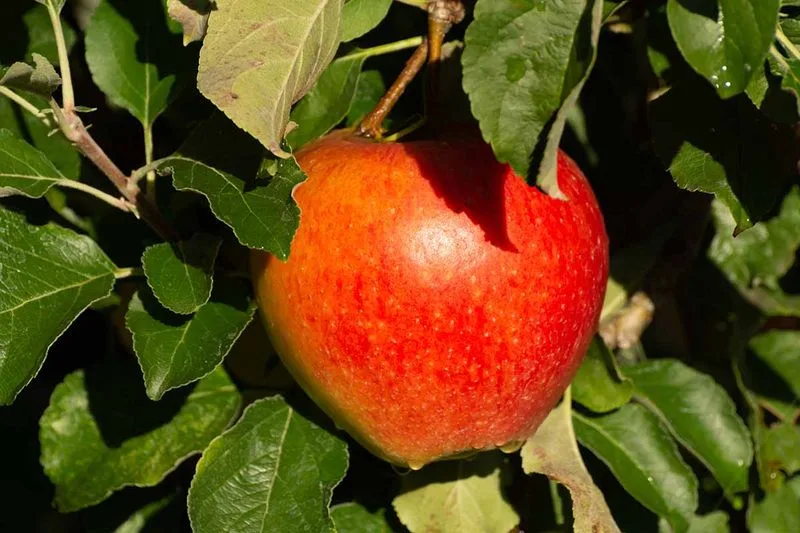
Successful pollination is essential for fruit set. While Baldwin apples can self-pollinate, they benefit from cross-pollination with compatible varieties like Northern Spy or Golden Delicious. Introduce a mix of apple trees to your orchard to enhance pollination rates and fruit yield. Encourage bee activity by planting pollinator-friendly flowers nearby. Strong pollination not only improves fruit set but also boosts the overall health of your trees. By fostering a diverse and bee-friendly environment, you create the conditions for a thriving orchard, increasing both productivity and biodiversity.
Seasonal Care and Maintenance
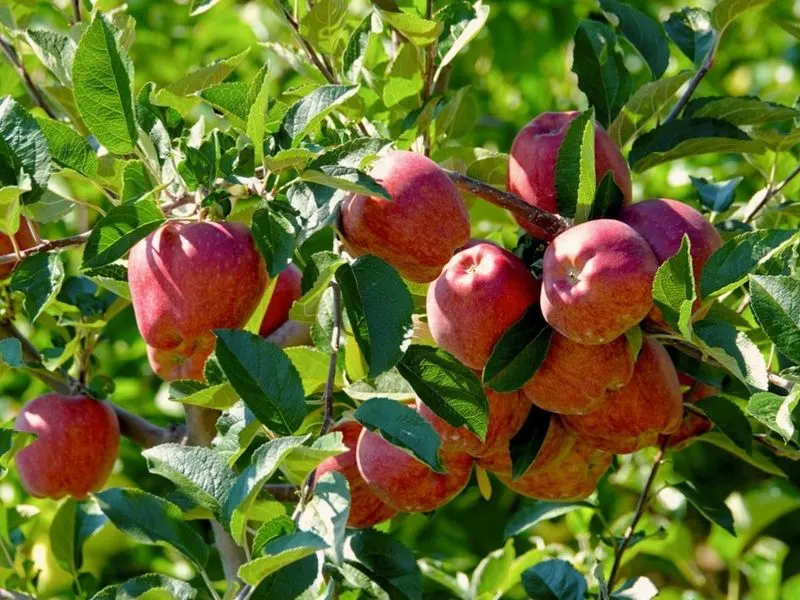
Tending to Baldwin apples requires year-round attention. In spring, focus on pruning and fertilization to encourage new growth. Summer is ideal for monitoring for pests and watering needs. Autumn involves harvesting and preparing for dormancy, while winter is key for structural pruning and soil amendment. Each season presents unique tasks that support the trees’ health and productivity. By aligning your maintenance routine with the natural rhythm of the orchard, you ensure that your Baldwin apples flourish, yielding delicious fruit year after year.
Harvest Timing and Techniques

Timing the harvest is crucial for maximum flavor and storage life. Baldwin apples typically ripen in late September to early October. Look for a deep red color and firm texture as indicators of readiness. Gently twist the apple; it should detach easily from the branch. Use careful handling to prevent bruising, which can shorten their shelf life. Harvesting at the right time ensures that apples are at their peak sweetness and crunchiness, offering a superior taste experience. Proper harvesting techniques preserve fruit quality, maximizing enjoyment and market value.
Storage Solutions
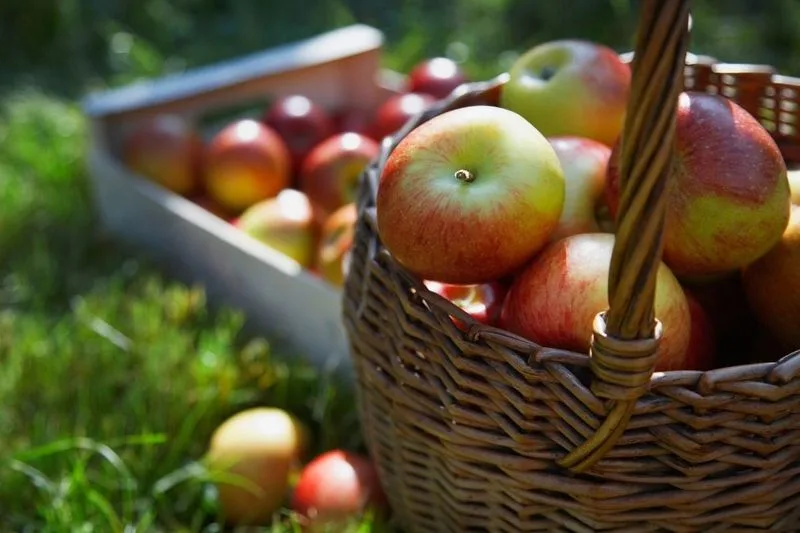
To enjoy Baldwin apples beyond the harvest, effective storage is vital. Store them in a cool, humid environment to maintain freshness. Basements or root cellars are ideal, as they provide stable conditions. Use perforated bags or crates to allow air circulation and prevent moisture buildup. Regularly check stored apples for signs of spoilage, removing any that show decay. By maintaining the right storage environment, you extend the apples’ shelf life, allowing you to savor their crispness and flavor well into the winter months.
Marketing Your Apples
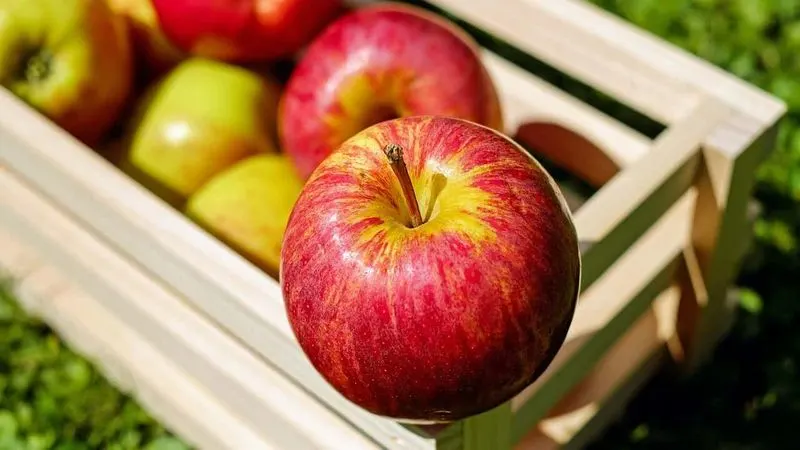
Whether selling at a local farmers’ market or to retailers, presentation is key. Highlight the unique characteristics of Baldwin apples, such as their tart-sweet flavor and versatility in cooking. Create attractive displays and offer samples to entice customers. Engaging storytelling about your orchard and growing practices can enhance customer connection and loyalty. Consider expanding sales channels through social media or farm-to-table partnerships. With strategic marketing, you can elevate the perceived value of your apples, reaching a wider audience and achieving greater commercial success.
Sustainability Practices
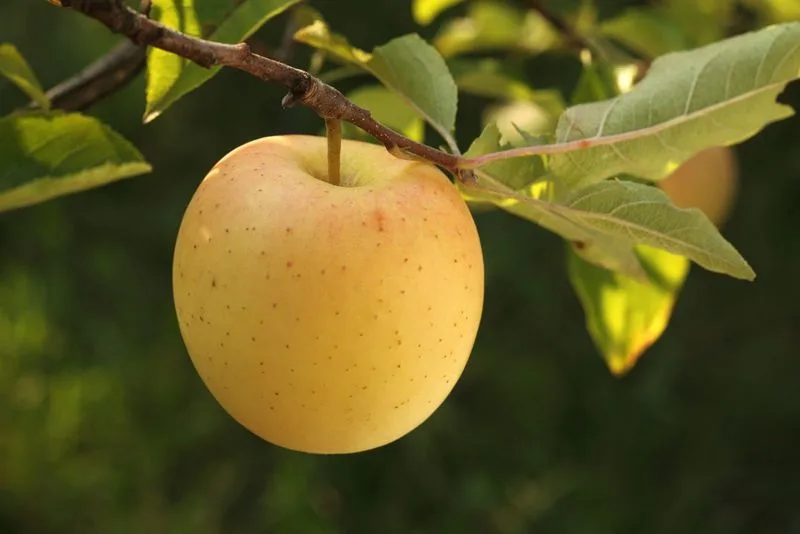
Adopting sustainable practices benefits both your orchard and the environment. Implement water conservation methods such as rainwater harvesting. Use organic fertilizers and pest control to maintain soil health and biodiversity. Incorporate renewable energy sources like solar panels to reduce your carbon footprint. Encourage wildlife by creating habitats that support beneficial species. Sustainable practices not only improve the health of your Baldwin apple orchard but also contribute to a healthier planet. By prioritizing eco-friendly methods, you ensure the longevity and resilience of your apple-growing endeavors.

